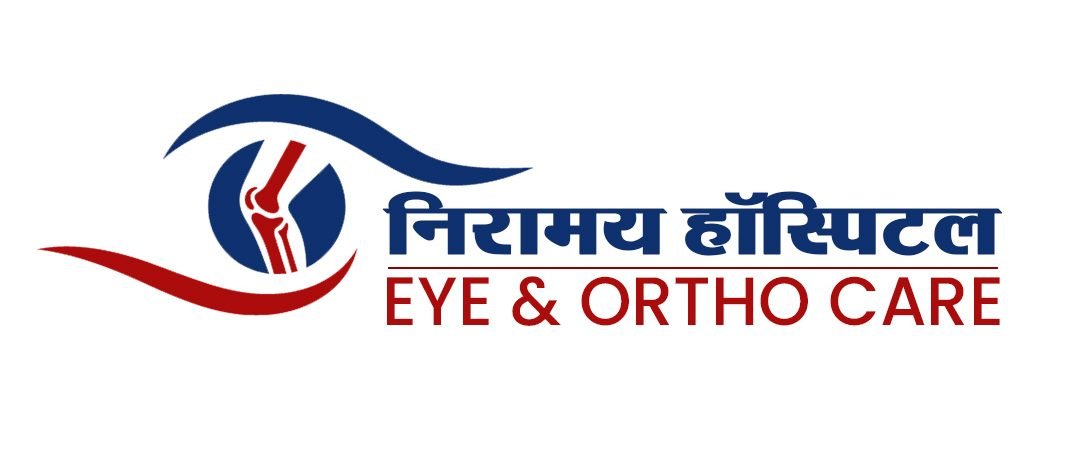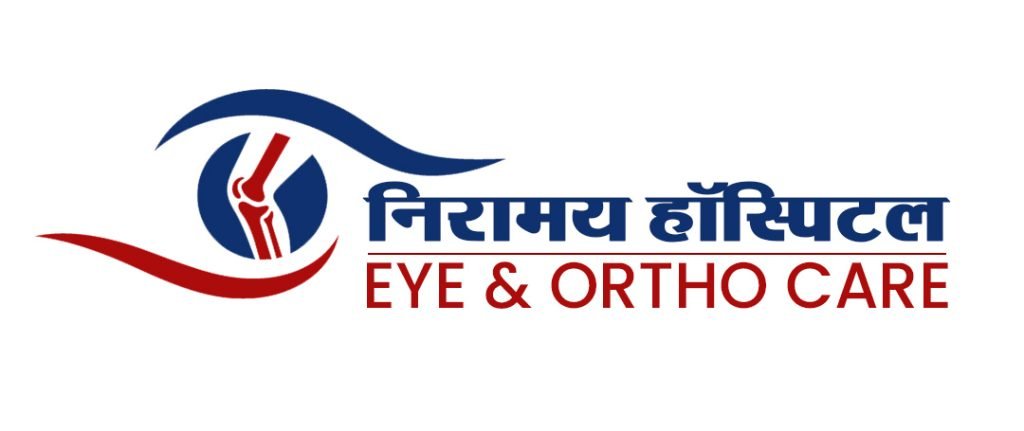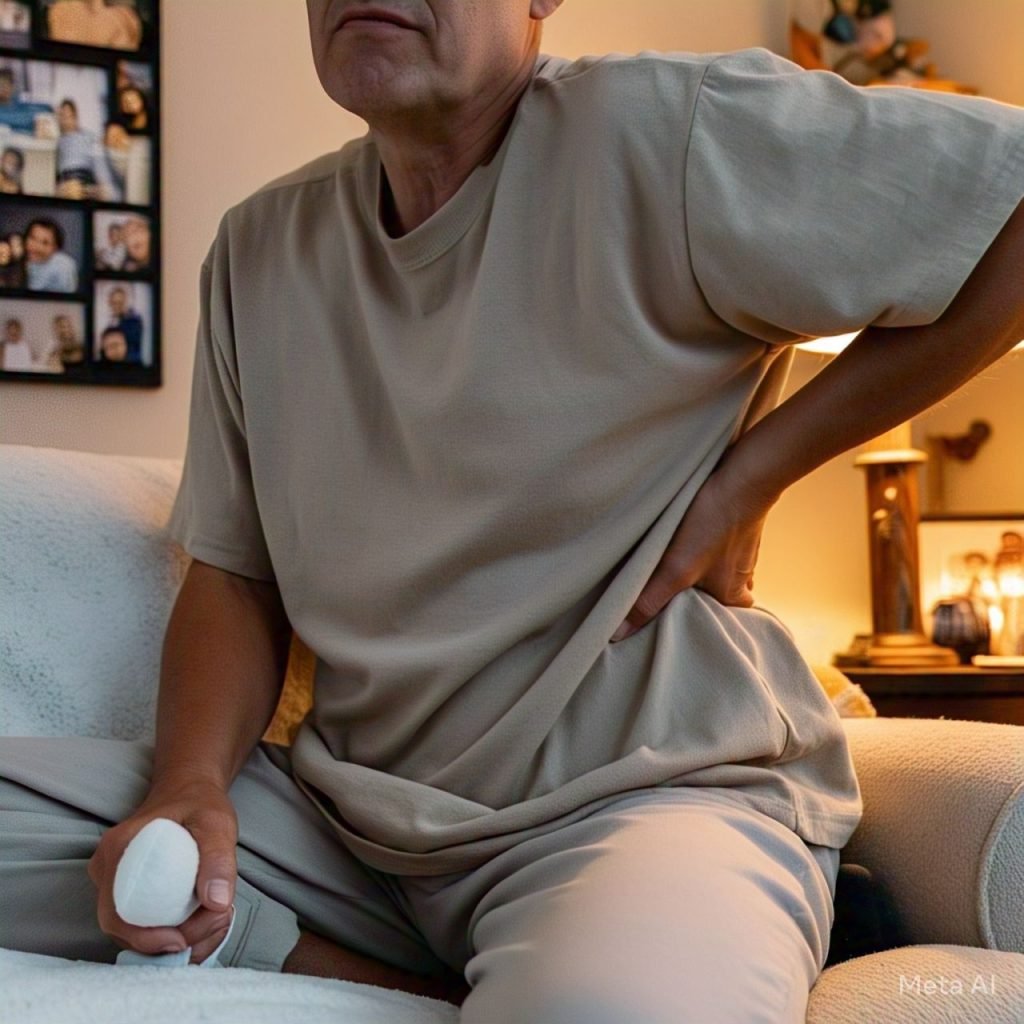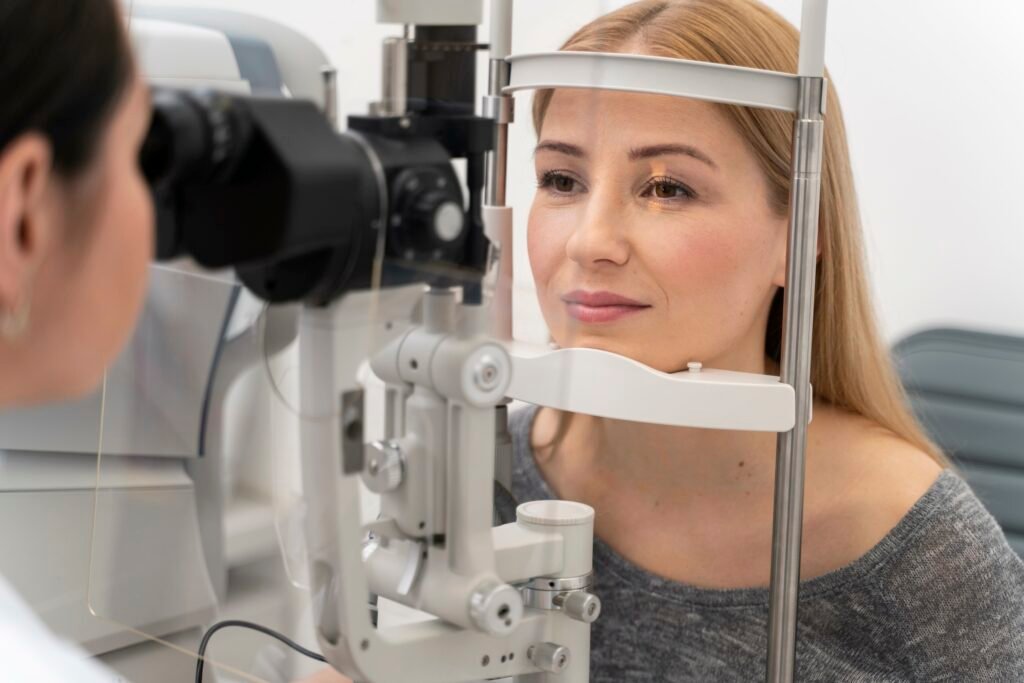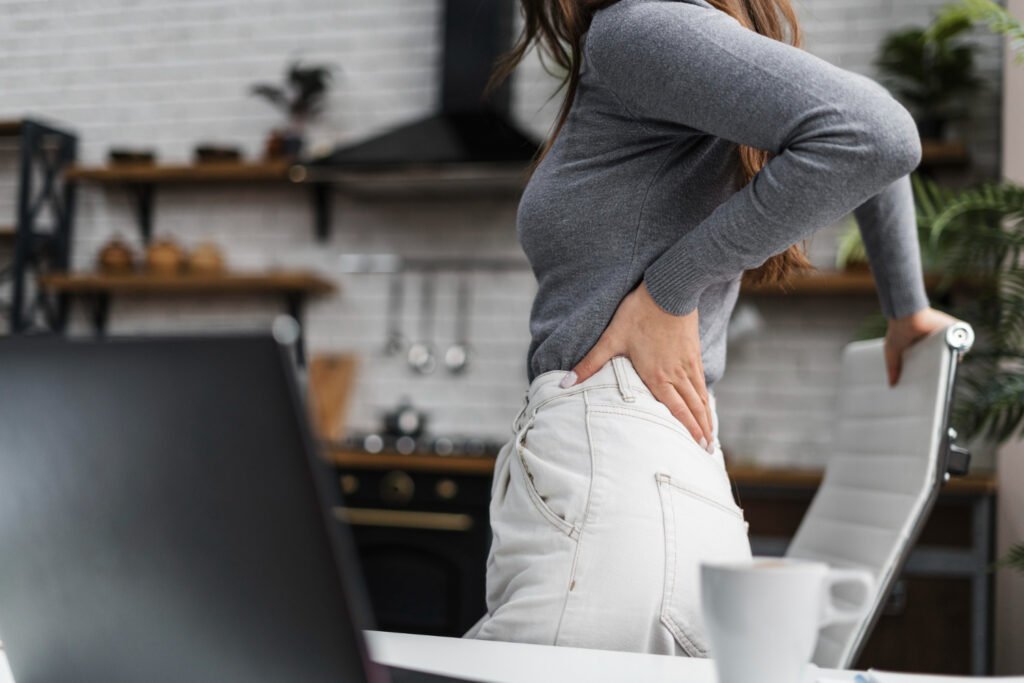Hip pain is a common complaint that affects people of all ages, from young athletes to older adults. While many assume that hip pain is solely due to arthritis, several other conditions can contribute to discomfort in this area. Understanding the root cause of hip pain is essential for effective treatment and long-term relief.
This guide explores the most common causes of hip pain, their symptoms, and when to seek professional Hip Pain Treatment in Kota from an experienced orthopedic doctor. Early diagnosis and proper care can prevent further complications and help restore mobility.
Common Causes of Hip Pain
1. Osteoarthritis and Rheumatoid Arthritis
Osteoarthritis (OA)
Osteoarthritis is a degenerative joint disease caused by the gradual breakdown of cartilage, which cushions the bones in the hip joint. Over time, the cartilage wears away, leading to bone-on-bone friction, pain, stiffness, and reduced mobility.
- Who is at risk? Older adults, individuals with a family history of arthritis, those who are overweight, or people who have had previous hip injuries.
- Symptoms:
- Dull, aching pain in the hip, groin, or thigh
- Stiffness, especially in the morning or after sitting for long periods
- Reduced range of motion, making it difficult to walk or bend
- Grating or popping sensation during movement
Rheumatoid Arthritis (RA)
Unlike OA, rheumatoid arthritis is an autoimmune disorder where the body’s immune system mistakenly attacks the synovium (joint lining), leading to inflammation, pain, and joint damage.
- Who is at risk? Women are more likely to develop RA than men. Genetics, smoking, and environmental factors also play a role.
- Symptoms:
- Symmetrical pain (affects both hips)
- Swelling, warmth, and tenderness in the joint
- Fatigue and general weakness
- Joint deformities in severe cases
Why It Matters:
If left untreated, arthritis can lead to permanent joint damage. Treatment includes:
- Lifestyle changes (weight management, low-impact exercises)
- Medications (pain relievers, anti-inflammatory drugs)
- Physical therapy (strengthening exercises to support the joint)
- Surgical options (hip replacement in advanced cases)
2. Hip Bursitis
Bursae are small, fluid-filled sacs that cushion the bones, tendons, and muscles near joints. When these sacs become inflamed due to repetitive stress or injury, it leads to hip bursitis.
- Common Causes:
- Repetitive activities (running, cycling, climbing stairs)
- Prolonged standing or sitting on hard surfaces
- Direct trauma (fall or hip impact)
- Poor posture or muscle imbalances
Symptoms:
- Sharp, burning pain on the outer hip
- Pain worsens with movement (walking, climbing stairs)
- Tenderness when pressing on the affected area
- Discomfort when lying on the affected side
Why It Matters:
Early treatment can prevent chronic pain. Management includes:
- Rest and activity modification
- Ice and anti-inflammatory medications
- Physical therapy (stretching and strengthening exercises)
- Corticosteroid injections (for severe inflammation)
3. Hip Labral Tear
The labrum is a ring of cartilage that lines the hip socket, providing stability and cushioning. A labral tear occurs due to injury, structural abnormalities (like hip impingement), or repetitive motions (common in athletes).
- Symptoms:
- Deep groin or hip pain
- Clicking, locking, or catching sensation in the joint
- Stiffness and reduced range of motion
- Feeling of instability while walking
Why It Matters:
If untreated, a labral tear can lead to early arthritis. Treatment options include:
- Physical therapy (to improve hip stability)
- Pain management (NSAIDs, injections)
- Hip arthroscopy (minimally invasive surgery to repair the tear)
4. Tendonitis and Muscle Strains
Tendonitis (inflammation of tendons) and muscle strains (overstretched or torn muscles) often affect athletes or individuals who engage in sudden, high-intensity movements.
- Common Causes:
- Overuse (running, jumping, dancing)
- Poor warm-up before exercise
- Weak hip muscles
Symptoms:
- Pain during movement (especially when lifting the leg)
- Swelling or tenderness in the affected area
- Muscle weakness or stiffness
Why It Matters:
Proper treatment prevents chronic pain and re-injury. Management includes:
- Rest and ice application
- Physical therapy (strengthening exercises)
- Gradual return to activity
5. Hip Fractures
A hip fracture is a serious injury, especially in older adults with osteoporosis (weak bones). Falls are the most common cause.
- Symptoms:
- Severe pain in the hip or groin
- Inability to bear weight on the leg
- Bruising and swelling
- Leg appearing shorter or turned outward
Why It Matters:
Hip fractures require emergency medical attention and often surgery (pins, plates, or hip replacement). Early treatment improves recovery chances.
When to See a Hip Pain Specialist in Kota
If hip pain persists or worsens, consult an Orthopedic Doctor in Kota for proper diagnosis and treatment.
Warning Signs:
✔ Pain lasting more than a few weeks
✔ Swelling, redness, or warmth around the joint
✔ Difficulty walking or climbing stairs
✔ Clicking, locking, or instability in the hip
Hip Pain Treatment Options
1. Conservative Treatments
- Physical Therapy: Strengthens muscles, improves flexibility, and reduces pain.
- Medications: NSAIDs (ibuprofen) or acetaminophen for pain relief.
- Lifestyle Changes: Weight loss, posture correction, and low-impact exercises (swimming, cycling).
- Assistive Devices: Canes or walkers reduce pressure on the hip.
2. Interventional Procedures
- Corticosteroid Injections: Reduce inflammation for temporary relief.
- Hyaluronic Acid Injections: Lubricate the joint in mild arthritis cases.
3. Surgical Treatment
- Hip Replacement Surgery: For severe arthritis or fractures.
- Hip Arthroscopy: Minimally invasive surgery for labral tears or cartilage damage.
Frequently Asked Questions
1. What are the most common causes of hip pain?
Hip pain can result from various conditions, including:
- Arthritis (Osteoarthritis, Rheumatoid Arthritis)
- Hip Bursitis (inflammation of the bursae)
- Labral Tears (cartilage damage in the hip socket)
- Tendonitis & Muscle Strains (overuse injuries)
- Hip Fractures (common in older adults with osteoporosis)
2. When should I see a doctor for hip pain?
You should consult an orthopedic specialist in Kota if:
✔ The pain persists for more than a few weeks
✔ You experience swelling, redness, or warmth around the hip
✔ You hear clicking, popping, or locking sensations
✔ Walking or daily activities become difficult
3. How is hip pain diagnosed?
A hip pain specialist in Kota may use:
- Physical examination (assessing movement, tenderness)
- Imaging tests (X-rays, MRI, CT scans)
- Lab tests (for infections or autoimmune conditions like RA)
4. What are the non-surgical treatment options for hip pain?
- Physical Therapy (strengthening & flexibility exercises)
- Medications (pain relievers, anti-inflammatory drugs)
- Lifestyle Modifications (weight management, activity adjustments)
- Injections (Corticosteroids, Hyaluronic Acid)
5. When is hip surgery necessary?
Surgery may be recommended for:
- Severe arthritis (Hip Replacement Surgery)
- Labral tears or cartilage damage (Hip Arthroscopy)
- Hip fractures (Emergency surgical repair)
Conclusion
Hip pain can stem from various conditions, and early diagnosis is crucial for effective treatment. If you experience persistent discomfort, consult a Hip Pain Specialist in Kota for expert care.
At Jain Orthovision, we provide advanced Hip Pain Treatment in Kota to help you regain mobility and live pain-free. Schedule a consultation today for personalized care!
